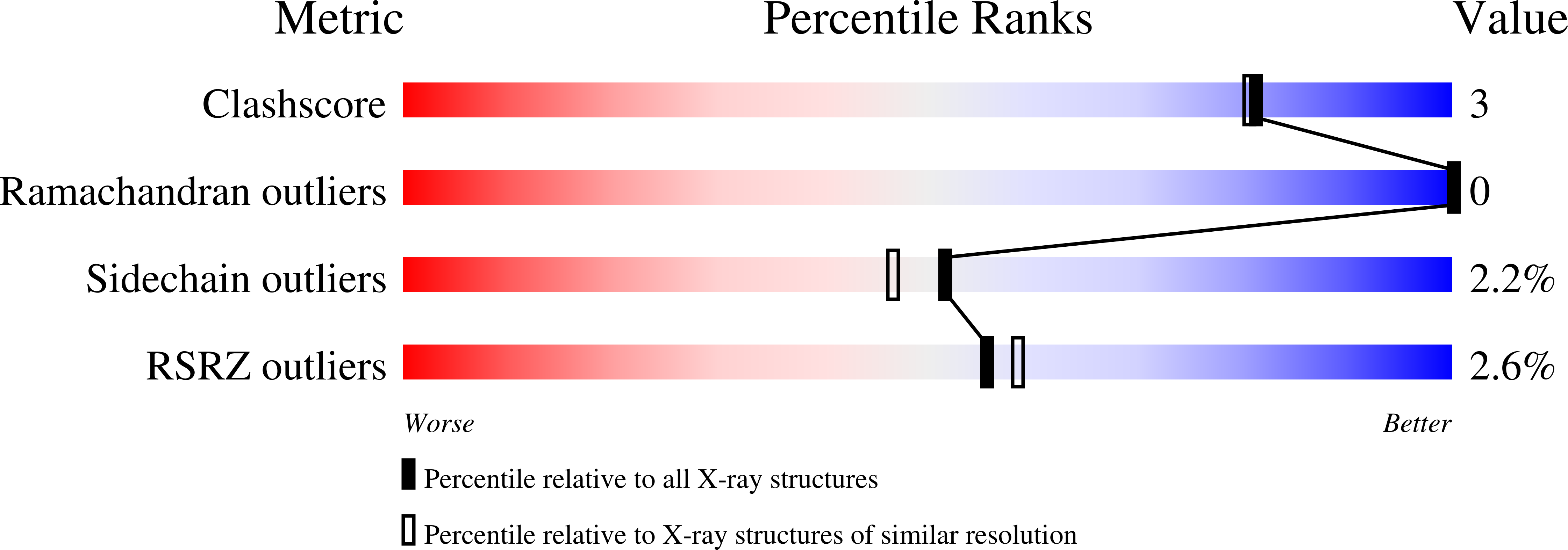
Deposition Date
1996-11-05
Release Date
1997-11-19
Last Version Date
2024-05-22
Entry Detail
PDB ID:
1UDR
Keywords:
Title:
CHEY MUTANT WITH LYS 91 REPLACED BY ASP, LYS 92 REPLACED BY ALA, ILE 96 REPLACED BY LYS AND ALA 98 REPLACED BY LEU (STABILIZING MUTATIONS IN HELIX 4)
Biological Source:
Source Organism:
Escherichia coli (Taxon ID: 562)
Host Organism:
Method Details:
Experimental Method:
Resolution:
1.90 Å
R-Value Work:
0.18
R-Value Observed:
0.18
Space Group:
P 1 21 1


